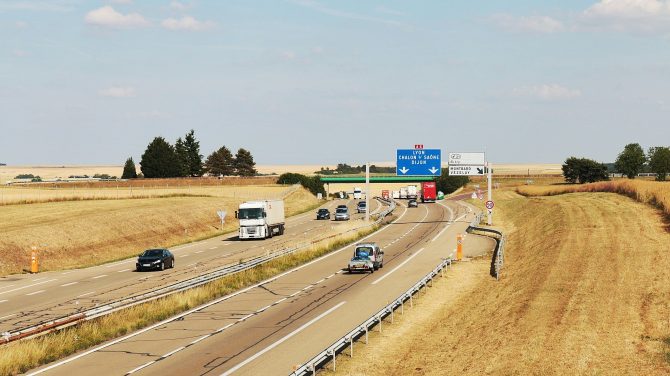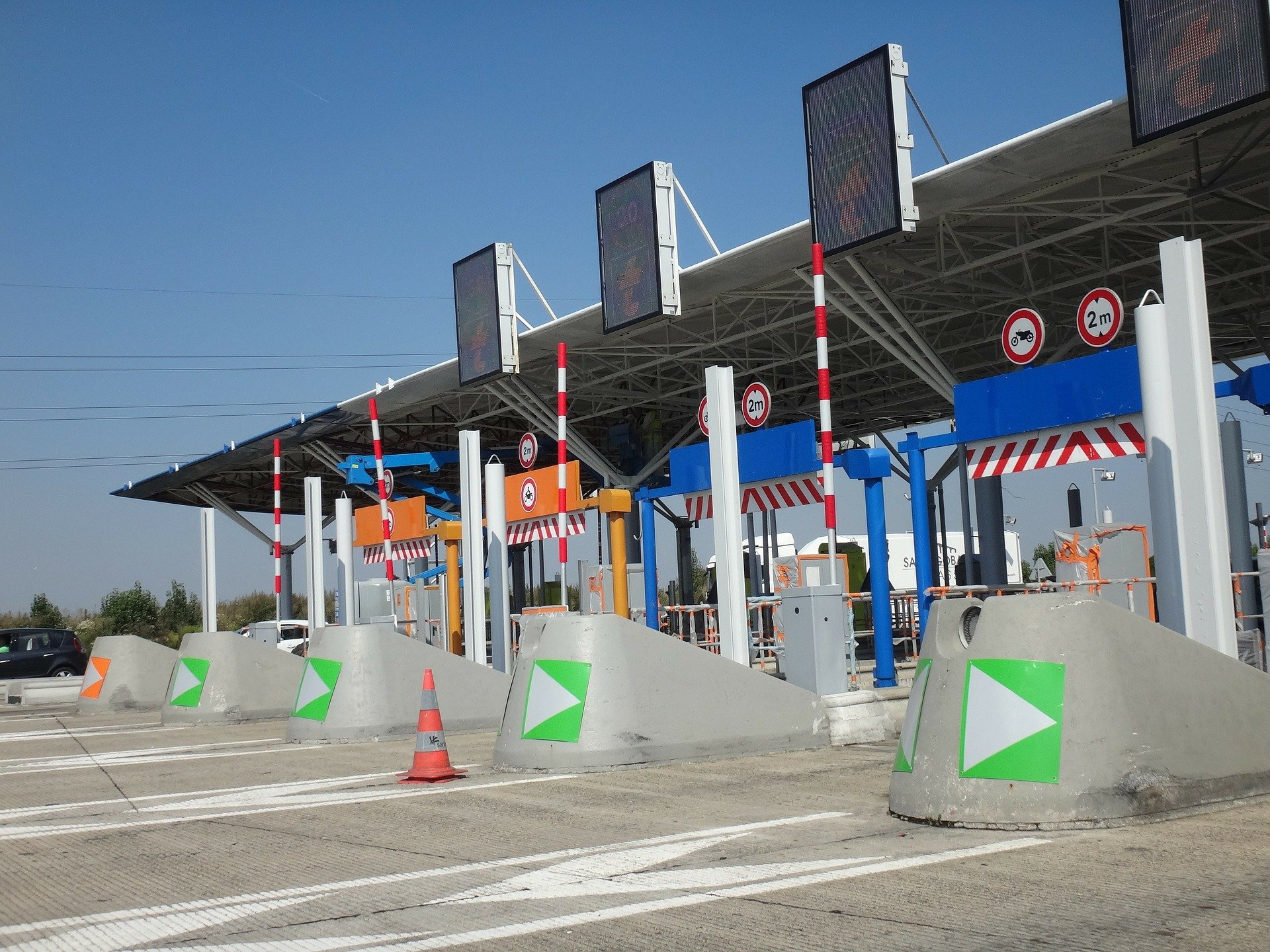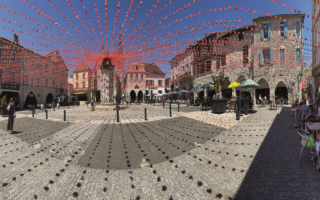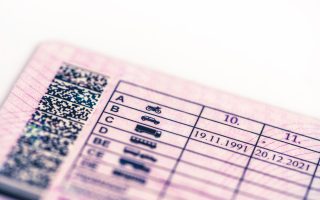How To Drive on French Motorways (Autoroutes): Tolls, Service Stations, & Driving Tips
Essential Reading


If you plan on driving in France, chances are you’ll find yourself driving on a French motorway at some point. From tolls and service stations to motorway-specific driving rules – here’s what you need to know before you do.
France’s Autoroutes: The Basics
France has a vast network of more than 11,000km of motorways that link cities all around the country. Motorways – known as ‘Autoroutes’ in France – are indicated by their blue road signs and ‘A’ names. Some of the most popular motorways include the A1 from Paris to Lille, the A10 from Paris to Bordeaux, and the A6, A7 and A9, which link Paris with Marseille, Nice, and Perpignan.
Driving on France’s autoroutes is generally a pleasure, with plenty of space and little congestion (aside from holiday weekends and the start and end of the August holidays).
See a full map of France’s autoroutes here.
Toll Booths or ‘Péages’
The only downside to France’s Autoroute network is that these roads are typically not free. Most motorways are toll roads, known are known as a ‘péage’ in French, and they can be quite pricey, especially if you are driving long distances. Fees depend on the motorway (some motorways charge a single flat fee, others charge per km), the type of vehicle you are driving (large vehicles, camper vans, or cars towing a trailer or caravan will be charged more than a car), and the distance travelled. The French Autoroutes website also shows the vehicle classifications and rates, so you can get an idea of the cost before you set out.
If you don’t wan to pay, an alternative to using the Autoroutes is to take the Routes nationales – these non-motorway main routes are indicated with a green sign and do not charge a fee. Which should you choose? For long distances, it is often quicker and more efficient to pay for the autoroute, however, if you are only using the motorway for a short journey or have a daily commute that includes a motorway, you may find it’s more cost-effective to take the route nationale, even if it means adding a few minutes onto your journey.
Using the Toll Booths/Péage
Signs for the péage will be well-marked with a blue ‘Péage’ sign before you join the motorway. Access to the roads is via a toll booth, so you will need to slow down and join one of the lanes. Typically, the toll booths at the entrance to a motorway require you to take a ticket only – when you leave the motorway, you will pass through a second toll booth, insert your ticket and pay the required amount. Occasionally, you may have to pay a flat-fee up front.
It’s important to join the correct lane when approaching the toll booths – each one will have a panel above with various options – ticket only, cash, credit card, or an orange ‘T’ which indicates a Télépéage lane. The Télépéage lanes are reserved for drivers who invest in a ‘Liber-t’ badge, which allows them to drive straight through the Télépéage lane – simply slow down and the badge will automatically scan and open the barrier. If you regularly drive long distances as part of your work, this might be an interesting option (find out more about it here), but for the average driver it’s probably not worth the annual fee to shave a few seconds off your drive.

Driving on the French Autoroute: Road Rules and Speed Limits
Before driving on the motorway are a few legal requirements when it comes to Autoroute driving. The speed limit is 130kph (80mph) in good weather or 110kph (68mph) when it’s wet. Our guide to driving in France will talk you through some of the key road rules to be aware of, but here are a few tips specific to driving on motorways:
- Always drive in the right-hand lane unless overtaking. However, if the right-most lane is reserved for slow vehicles, you should use the next lane if you wish to drive over 60km/h.
- Never drive on the hard shoulder and never reverse on a motorway. Both can incur dangerous driving penalties.
- Overtake on the right only and move back to the right-most lane after overtaking (if you don’t, don’t be surprised to see flashing headlights from the car behind!). It’s common practice in France to leave your left indicator flashing the entire time you are overtaking – this indicates to the car behind that you will move back to the correct lane once you have finished overtaking.
-
You do not have priority when overtaking or when entering the motorway.
Services Stations or ‘Aires’
France’s Autoroute service stations are known as aires, and you’ll find them about every 15km along the motorways. The Association des Sociétés Françaises d’Autoroutes (ASFA) advises drivers to take a break every two hours. Aires range in facilities which are indicated on their signs. Larger aires may have petrol stations, shops, restaurants, and even showers. Smaller aires might be rest or toilet stops only – a sign with a picnic bench only often indicates a rest stop with no facilities at all.
Driving in France
Whether you own a car in France, travel to France in your UK or EU-registered car, or hire a rental car – FrenchEntrée has all the need-to-know info about driving in France. Our Essential Reading articles will take you through buying, registering, and insuring your car, as well as offering tips and advice on driving and car ownership in France.
Share to: Facebook Twitter LinkedIn Email



